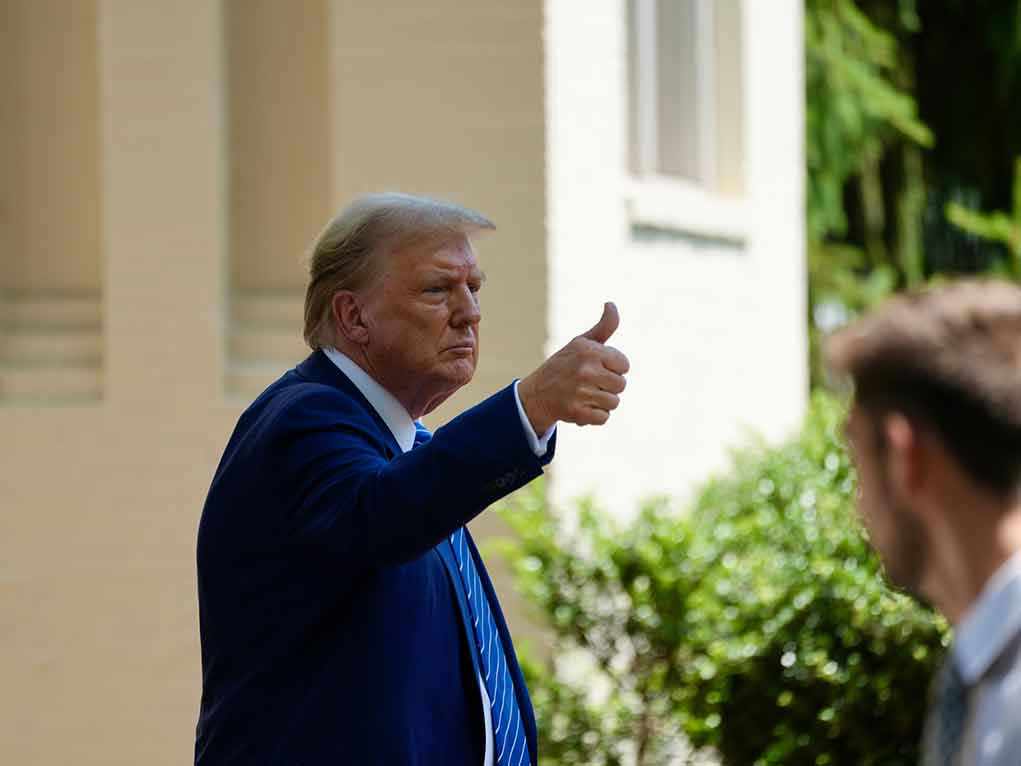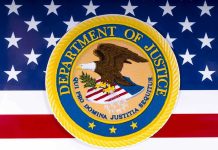
Pope Leo XIV throws his weight behind Trump’s audacious Gaza peace plan, igniting a global debate on its feasibility.
Story Snapshot
- Pope Leo XIV supports Trump’s 20-point Gaza peace plan.
- Plan includes a temporary governing body and immediate ceasefire.
- Pope urges Hamas to accept the deal for humanitarian relief.
- Potential for significant geopolitical shifts if the plan succeeds.
Papal Endorsement of the Peace Plan
Pope Leo XIV has taken a bold step by publicly supporting U.S. President Donald Trump’s newly proposed Gaza peace plan. Announced on September 29, 2025, the plan outlines a temporary international governing body for Gaza, aiming to halt the ongoing hostilities between Israel and Hamas. The Pope’s endorsement, given during a Q&A session at Castel Gandolfo, marks a rare Vatican backing of a U.S.-brokered Middle East initiative, emphasizing the urgent need for a ceasefire and hostage release.
The Pope’s support is not merely symbolic; it highlights the humanitarian crisis engulfing Gaza, with the Pope urging Hamas to accept the terms for the sake of the civilians. The plan, co-announced by Israeli Prime Minister Benjamin Netanyahu, has been described by Pope Leo as a “realistic proposal.” His intervention underscores the Vatican’s increasing role in international diplomacy, particularly in regions plagued by conflict.
Background of the Gaza Conflict
The Gaza Strip has been a flashpoint between Israel and Hamas since 2007, with repeated conflicts exacerbating the humanitarian situation. The most recent escalation, beginning in 2024, has left the region in dire straits. Despite multiple wars and failed ceasefire attempts, the blockade of Gaza by Israel and Egypt continues, contributing to the severe humanitarian conditions that the Pope has highlighted in his recent statements.
The international community has repeatedly called for a ceasefire, but with little success. The Trump-Netanyahu plan proposes a temporary governing body, involving figures like Tony Blair, and calls for an immediate ceasefire and hostages’ release. The timeline for these developments is tight, with a 72-hour deadline set for Hamas to respond and release hostages.
Vatican’s Role and Influence
While the Vatican holds limited direct influence, its moral authority and humanitarian focus can sway international opinion. Pope Leo XIV’s comments reflect the Church’s longstanding tradition of advocating for peace and humanitarian relief. The Pope’s endorsement of the plan aligns with the Vatican’s efforts to mediate in conflict zones, although the viability of such peace initiatives remains contingent on the cooperation of local actors like Hamas.
Pope Leo XIV’s intervention is significant in the context of the Vatican’s diplomatic strategy, which often emphasizes dialogue and humanitarian needs over military solutions. His remarks have been widely reported, adding a moral dimension to the geopolitical discussions surrounding the Gaza peace plan.
Challenges and Skepticism
The plan faces skepticism, primarily because of Hamas’s historical resistance to externally brokered agreements. Analysts question the feasibility of the proposed temporary governing body and the plan’s ability to address the complex political landscape of Gaza. The success of the plan hinges on Hamas’s acceptance, a factor that remains uncertain amid ongoing tensions and the humanitarian plight in the region.
The humanitarian situation remains critical, with international aid flotillas attempting to deliver much-needed supplies to Gaza. The Pope’s emphasis on humanitarian relief highlights the urgency of the situation, as the potential for renewed violence looms if the deal is rejected. The international community continues to monitor the situation closely, with hopes pinned on a peaceful resolution.















